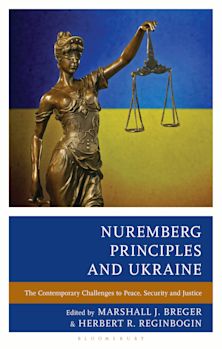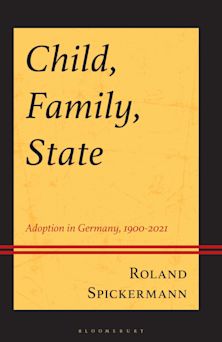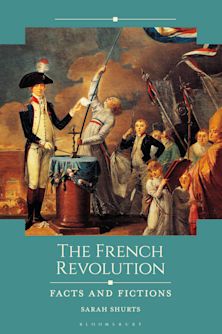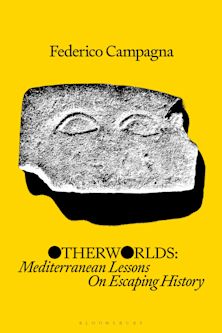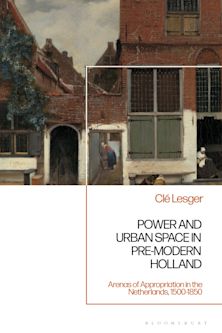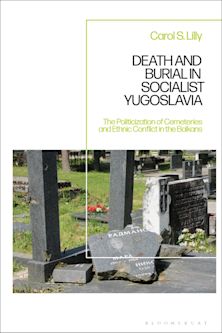- Home
- ACADEMIC
- History
- European History
- Two Boston Brahmins in Goethe's Germany
Two Boston Brahmins in Goethe's Germany
The Travel Journals of Anna and George Ticknor
Two Boston Brahmins in Goethe's Germany
The Travel Journals of Anna and George Ticknor
This product is usually dispatched within 3 days
- Delivery and returns info
-
Free US delivery on orders $35 or over
You must sign in to add this item to your wishlist. Please sign in or create an account
Description
This volume includes the travel logs of Anna and George Ticknor from two journeys to the German Confederation from 1815 to 1817 and from 1835 to 1836. As members of an exclusive social class, the Ticknors enjoyed the privilege of traveling and living for an extended period in the German-speaking world, which conferred much-sought-after cultural and social distinction on them in Boston. A valuable primary source for American and German historians alike, these journals offer insight into the construction of American identities, as well as outside perspectives on German society, culture, and politics in the Age of Goethe. Simultaneously and independently composed by this husband and wife, these journals are the only known case of parallel male and female travel writing, thus affording a unique opportunity to explore gender as a factor in shaping their perceptions. A biographical glossary and extensive explanatory footnotes make this text accessible to a wide audience.
Table of Contents
Chapter 2 Introduction
Part 3 Part I. A Student Discovers Germany: George Ticknor, 1815–1817
Chapter 4 1. "We reached Gottingen, anxious and doubting." Studying Abroad, August 5, 1815–September 10, 1816
Chapter 5 2. "A Journey" with Edward Everett, September 13–October 25, 1816
Chapter 6 3. "Germany. Face of the Country": Youthful Reflections, 1815–1817
Chapter 7 4. "One important step nearer to...home." March 22–April 1, 1817
Part 8 Part II. Cosmopolitan Sojourners in Royal Saxony
Chapter 9 Section I: George Ticknor, 1835–1836
Chapter 10 5. "The spires and towers of Dresden were before us." November 12–December 25, 1835
Chapter 11 6. "I was presented at Court." December 26, 1835–April 22, 1836
Chapter 12 7. "To keep...as distinct an impression as I can." A Summary: April 1836
Chapter 13 8. "It was not agreeable to leave Dresden." May 8–June 5, 1836
Chapter 14 Section II: Anna Ticknor, 1835–1836
Chapter 15 9. "Safely arrived at this haven of rest." November 10–December 25, 1835
Chapter 16 10. "I amused myself with a rehearsal of my dress." December 26, 1835–April 12, 1836
Chapter 17 11. "I would fain...give an impression...of this pretty city." April 26–May 8, 1836
Chapter 18 12. "Once more travellers!" May 10–June 5, 1836
Product details
| Published | Jun 16 2009 |
|---|---|
| Format | Paperback |
| Edition | 1st |
| Extent | 294 |
| ISBN | 9780739129128 |
| Imprint | Lexington Books |
| Dimensions | 9 x 6 inches |
| Publisher | Bloomsbury Publishing |
About the contributors
Reviews
-
In this work, elite Americans express their fascination with the cultural and social life they observed and experienced while on extended tour in early nineteenth-century Germany-particularly in Dresden, the vibrant capital of the Kingdom of Saxony. Expertly edited, the volume introduces us to an image of a romanticized/idealized Germany that shaped the thinking of many Americans for decades after the Ticknors' travels. It makes an important contribution to our understanding of the ways in which European traditions influenced intellectual developments in the United States.
Andrew Lees, Rutgers, The State University of New Jersey
-
Well edited by an insightful introduction and extensive annotations, these travel journals provide an opportunity to see eastern Germany through two elite Americans' eyes. Since the travelers kept separate journals a novel comparative perspective emerges on court society and the political reforms of 1830.
Dieter K. Buse, Laurentian University
-
This highly readable and well annotated edition of George and Anna Ticknor's journals from their travels to Germany opens a window into a world of learning, art, and personal fulfillment that seems hard to imagine in the twenty-first century. That American travelers fell in love with Old World charme has often been reported, but seldom so convincingly as in the case of the Boston couple in nineteenth-century Dresden, the 'Florence upon the Elbe.' The recovery-and first publication-of Anna Ticknor's journal adds a rare female voice and makes the encounter with princes, writers, and commoners truly come to life.
Frank Trommler, University of Pennsylvania





















